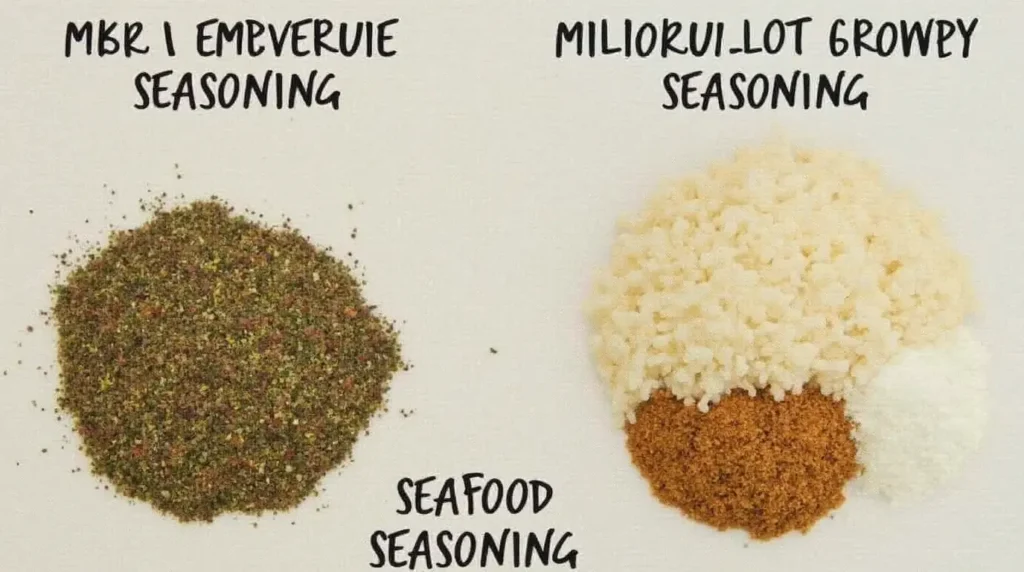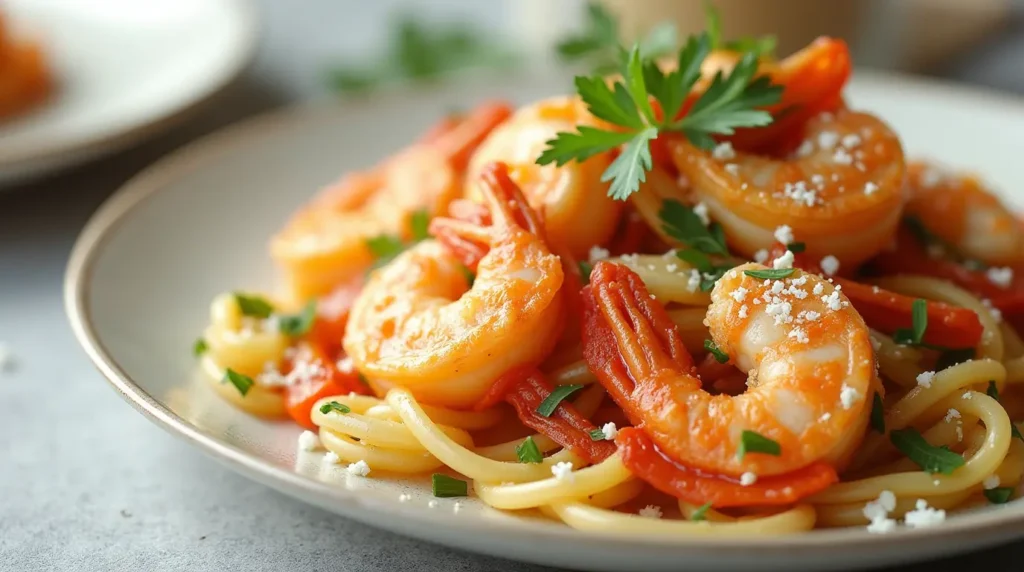There’s something magical about a seafood boil. The aroma of buttery spices wafting through the air, the sight of vibrant shrimp, crab, and colorful veggies piled high on a table, and the joy of cracking open shells with loved ones—this meal isn’t just food; it’s an experience.
But for beginners, a seafood boil might seem intimidating. What’s the right seafood to choose? How do you master the seasoning? And what equipment do you need for a flawless feast?
This guide breaks down 11 expert-approved techniques that will turn your first seafood boil into a resounding success. From selecting the freshest ingredients to creating an unforgettable dining experience, you’ll learn everything you need to wow your guests and create lasting memories.
Table of Contents
1. Choose the Right Seafood for Maximum Flavor
Your seafood boil begins with selecting high-quality seafood. This foundational step ensures bold flavors and perfect textures.
- Fresh or Frozen: Fresh seafood offers unbeatable taste and texture. Visit a local market where shrimp, crab, and clams are sold fresh. If fresh isn’t an option, frozen seafood is a reliable alternative. Look for flash-frozen options, which maintain the quality and taste of fresh seafood.
- Variety Is Key: Combine different types of seafood to create a balanced flavor profile. Shrimp, crab legs, lobster tails, mussels, and crawfish are popular choices. Each brings its unique taste and texture to the boil.
- Ask the Experts: Don’t hesitate to ask your fishmonger for advice on the best seafood options for your boil, especially if you’re new to cooking with these ingredients.
Pro Tip: Plan for about 1 to 2 pounds of seafood per person, depending on your guests’ appetites and whether sides will accompany the main dish.
2. Create the Perfect Seasoning Blend
Seasoning transforms a good seafood boil into an unforgettable one. Achieving the right balance of spices is crucial.
- Classic Mixes: Start with Old Bay seasoning or Zatarain’s Crab Boil—a staple for seafood boils across the U.S. These blends include a mix of spices like celery salt, paprika, and mustard seeds.
- Customize Your Flavor: Add garlic, bay leaves, lemon juice, and cayenne pepper for a personalized touch. Don’t be afraid to experiment with additional seasonings like thyme or smoked paprika.
- Salt It Like the Ocean: The cooking liquid should be heavily salted to mimic the briny taste of the sea. A well-seasoned base is key to infusing seafood with flavor.
Pro Tip: Finish with melted butter infused with garlic and fresh herbs to enhance the taste of the cooked seafood.

3. Equip Your Kitchen Like a Pro
The right tools make the process smoother and more enjoyable.
- Essential Stockpot: A large stockpot is a must for boiling ingredients evenly. Look for one with a strainer basket to simplify draining.
- Outdoor Setup: For larger gatherings, an outdoor propane burner speeds up the cooking process and keeps the mess outside.
- Accessories: Disposable tablecloths, bibs, seafood crackers, and tongs make serving and eating effortless.
Pro Tip: Investing in reusable seafood boil gear pays off if you plan to host more seafood boils in the future.
4. Master Cooking Times for Every Ingredient
Cooking everything to perfection requires timing each ingredient correctly.
- Start with the Heaviest Items: Potatoes, corn, and sausage need the most time to cook. Add them to the pot first and give them a head start.
- Add Seafood Later: Shrimp, crab, and lobster cook quickly and can become rubbery if overdone. Add them during the last few minutes.
- Monitor Closely: Shrimp turns pink and curls into a “C” shape when done, while crab legs turn a vibrant red.
Pro Tip: Use a timer to track cooking times precisely. No one likes overcooked seafood!
5. Enhance the Cooking Liquid
The liquid you cook your seafood in directly impacts its flavor.
- Base Options: Start with water, seafood stock, or a mix of both. Adding beer or white wine can create complex, mouthwatering flavors.
- Layer the Flavors: Include onions, celery, and garlic in the cooking liquid for aromatic depth.
- Butter and Spice: Melt butter into the pot, and add chili flakes for a kick of heat.
6. Plan the Perfect Sides
Sides elevate a seafood boil into a well-rounded meal.
- Staples: Serve with cornbread or crusty French bread to soak up the flavorful juices.
- Vegetables: Green beans, asparagus, or coleslaw make great accompaniments.
- Dipping Sauces: Offer garlic butter, lemon aioli, and cocktail sauce for dipping.
7. Present Like a Pro
Presentation sets the tone for your seafood boil.
- Table Spread: Line the table with parchment paper or disposable tablecloths. Pour the cooked seafood directly onto the surface for a rustic, communal dining experience.
- Garnish Generously: Add fresh parsley, lemon wedges, and hot sauce bottles for color and convenience.
8. Balance Portions and Costs
Seafood boils can be budget-friendly if planned correctly.
- Portion Control: Avoid waste by calculating portions based on guest count.
- Affordable Choices: Mussels, clams, and crawfish are more affordable than lobster or crab but equally delicious.
- Stretch the Meal: Bulk up the boil with hearty vegetables like potatoes and corn.
9. Follow Food Safety Guidelines
Handling seafood safely is non-negotiable.
- Keep It Cold: Store seafood in the refrigerator until you’re ready to cook.
- Cook Thoroughly: All seafood should reach an internal temperature of 145°F to ensure safety.
- Leftovers: Refrigerate leftovers within two hours and consume them within two days.
10. Make It Interactive
Engage your guests to make the meal even more memorable.
- DIY Dips: Set up a station with a variety of sauces for guests to mix and match.
- Encourage Participation: Let guests help peel shrimp or crack crab shells.
11. Clean Up Quickly and Easily
A well-planned cleanup ensures you enjoy the post-meal glow.
- Disposable Options: Use paper or plastic table covers for quick disposal.
- Efficient Waste Removal: Have trash bags ready for shells and other waste.
- Eco-Friendly Tips: Opt for biodegradable utensils and plates to reduce your environmental footprint.

Ingredient Table
| Ingredient | Quantity | Notes |
|---|---|---|
| Shrimp | 2 lbs | Deveined, shell-on |
| Crab Legs | 2 lbs | Fresh or frozen |
| Potatoes | 1.5 lbs | Small red or Yukon gold |
| Corn | 6 ears | Halved |
| Sausage | 1 lb | Andouille or smoked |
| Old Bay Seasoning | 4 tbsp | Adjust to taste |
| Garlic | 6 cloves | Minced |
| Lemon | 2 | Quartered |
| Butter | 1 cup | Melted for dipping |
Conclusion: Your Seafood Boil Awaits
A seafood boil isn’t just about the food; it’s about the experience of coming together to share flavors, stories, and laughter. With these 11 expert-approved techniques, you’re well on your way to creating a seafood boil that will impress even the pickiest eaters.
FAQ
1. How much seafood should I prepare per person?
Plan for 1-2 pounds of seafood per guest, depending on appetites.
2. Can I prepare a seafood boil indoors?
Absolutely! Use a large stockpot and ensure good ventilation if using strong spices.
3. What’s the secret to a flavorful boil?
Season generously, cook seafood last, and use butter and aromatics in the cooking liquid.

